The Matrix pill: coping with learning about environmental problems
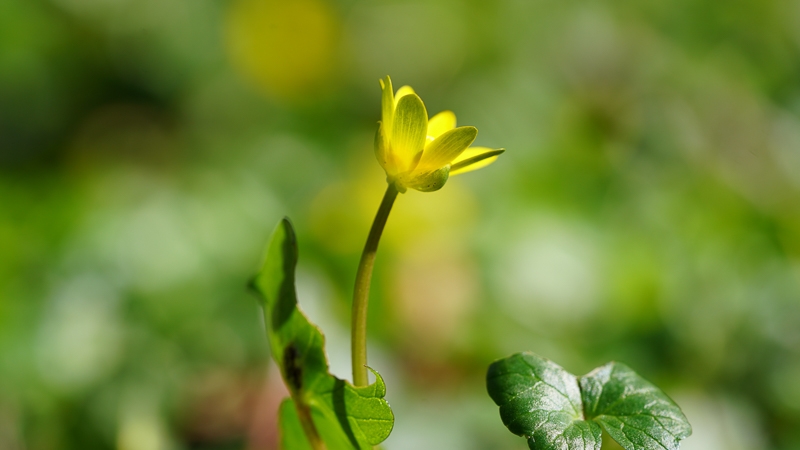
I walk down a track next to the river Trent, listening to swans honking. Along my path are thick clusters of an unfamiliar, tall plant with brilliant pink flowers. They smell sickly sweet in the summer air. I watch in fascination as pollinators enter through the open mouth of the flower, bordered above and below with wide pink lips, brushing their backs against the dangling pollen on their way to reach the back of the petals, only to exit via folds in the side of the flower - exit doors - as more pollinators follow.
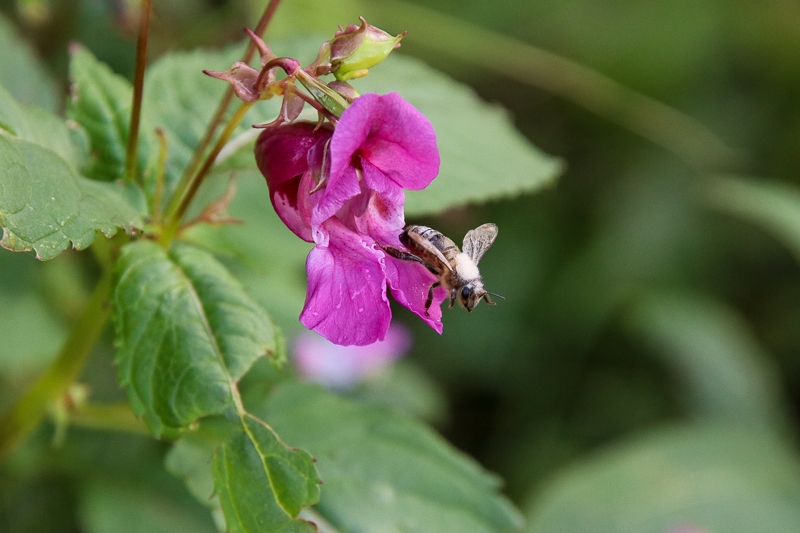
What was this plant, so cheerful and attractive to pollinators?
According to my app, Himalayan Balsam. I walk on for four more kilometres, my entire walk a red carpet through these bright blooms.
When I get home, I look the plant up in books and on the internet, ready to write about the wonders of the curious flower shape. What I find makes my heart sink. Those sweet-smelling plants are an invasive species. They degrade our river banks, shade out our natural fauna. They're to be celebrated, certainly, but not here. Here, they creep along our waterways like the red weed in War of the Worlds.
The next time I encountered Himalayan Balsam I didn't have time to drink in its delicious smell or marvel at its impressive rate of growth. I was leading a group of volunteers to pull, snap, and pile this plant along the banks of a murky stretch of the River Don, picking our way around shopping trolleys and car tyres. Trying to give our native flora a chance again.
I marvelled at the strength of the hollow stems as I worked, but I felt that my intrigue had been trampled. So often, our childlike fascination with the landscape around us leads us to learn more, only for the knowledge we gain to hover over us like a dark cloud, raining down difficult truths on the embers of our wonder.
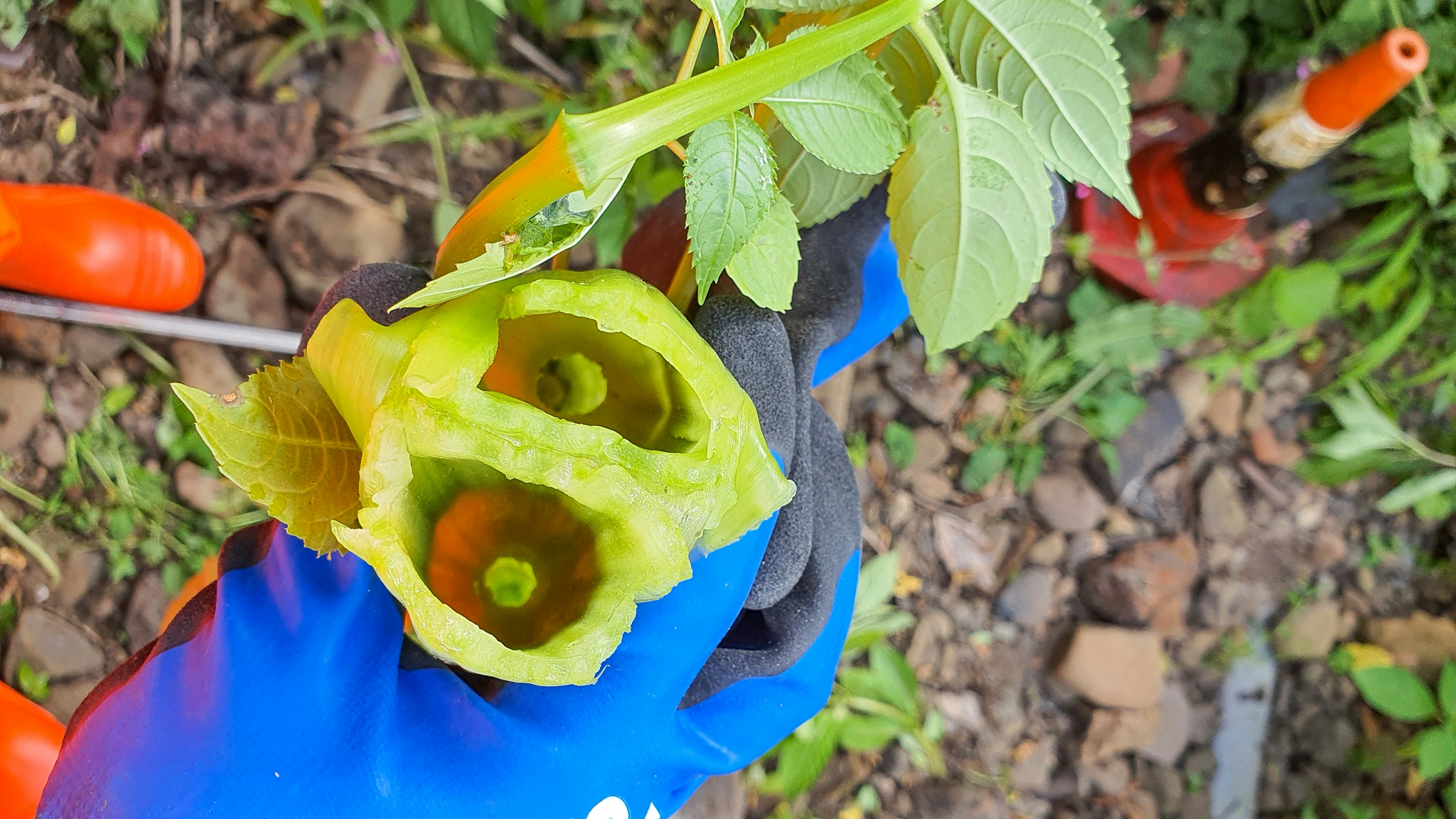
A stem of Himalayan Balsam
When I learnt of the ecological desolation of the Peak District, I noticed the silence and came to see it as a green desert. Instead of relaxation, I found unease there. The gentle flow of a river has been forever changed by the revelations over the volume of raw sewage and farmland runoff that poisons them. My heart breaks for them.
Like the red pill in The Matrix, this knowledge takes us somewhere and we can never go back.
I fell in love with the moor only to see it burn. I waded into rivers to help them only to come out feeling defeated, my boots covered in sewage fungus.
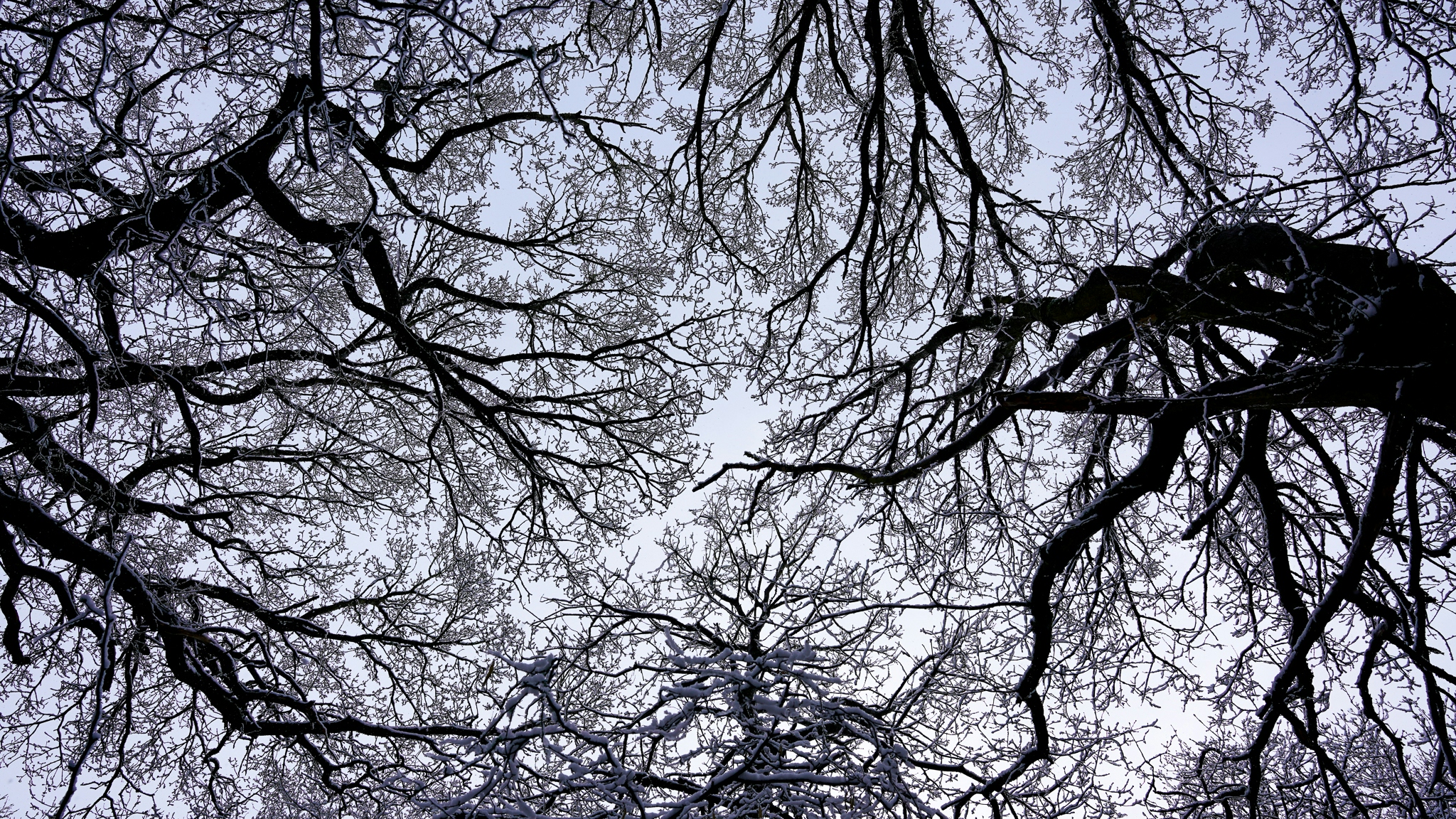
For those of us who want to learn more about the natural world, how do we come to terms with this heartache?
How do we sit at the edge of Lake Windermere and enjoy gazing across the water, without the glint of diesel on the surface making eco worries crawl down our spine?
How to we continue to rejoice in spotting an otter, without the nagging knowledge of an upstream sewage outlet clouding our sunshine?
Many of us find solace in nature, but it feels like these revelations are invading that space. The history of the landscape, the horrors, are waiting at the corners. There's a dark vignette on what we see, a sadness clouding the edges.
In the early days of learning, we're sad to learn that our local places aren't as pristine as we thought they were. The love we feel when we look at them is tinged with heartache. We go elsewhere. We seek out the Lake District, the New Forest, the Highlands, the coast. These places, surely, are safe.
Then, relenting to our need to find out more about these beautiful places, we find out that every place we have is threatened we face a crisis. The natural world is what gives us hope, love, wonder. It feels like that bastion of hope and happiness is crumbling. Its foundations are cracking, its mortar falling away, its keystone unsettled.
How do we deal with this heartbreak and fear?
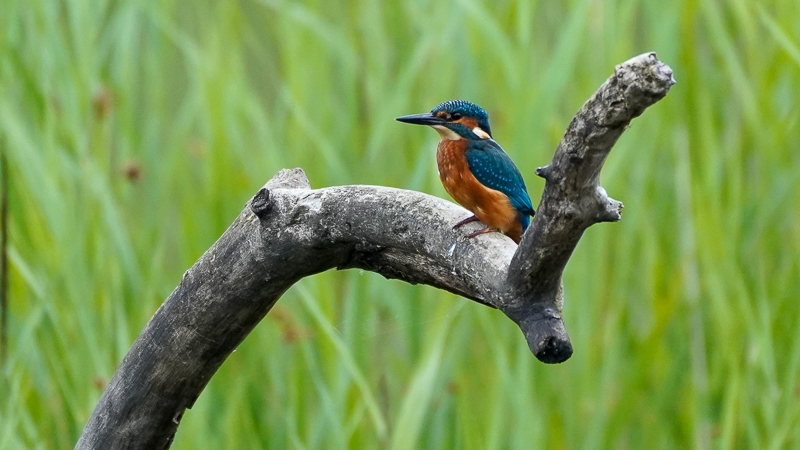
Everyone copes in different ways. I'd love to hear what works for you.
Here are a few things that help me:
Don't stop going out. It's easy to stay in when the eco worries take hold. Sometimes I find myself at home for days on end, worried that all I'll see when I go outside is destruction. Usually, though, being out in nature holds more good and bad, more hope than worry.
Focus on the micro. Looking at landscapes is awe-inspiring but when you're heartbroken by the history of a place it can be too much to take in. Instead of despairing at the endless empty fields, bereft of trees, or the patchwork of burned peatland, look instead at the mushrooms next to the path, the sprigs of heather, the spiders' webs.
Keep learning. Learning is what brought us this heartache but consider what else it brought you. It can feel like all you've learnt is bad but if you take stock, you'll realise that most of what you've learnt is wondrous and has instilled you with awe. Keep coming back to your fascination with the natural world.
Curate your exposure. We shouldn't stick our head in the sand, but if you're struggling it's okay to take a break from the academic equivalent of doom scrolling. Books like Inglorious and anything by George Monbiot can be left for days when you're feeling strong. When you're not, take comfort in books like The Most Perfect Thing, The Edge of the Sea, Gathering Moss, or Finding The Mother Tree. If you're in the mood to open your eyes to the problems but don't feel ready for doom and gloom, try something focused on hope, like Wilding.
Note, April 2025: in 2023, I called this post The Matrix pill because I liked the analogy of taking something that gave you knowledge you couldn't give back, and having to live with the consequences. Unfortunately, the Matrix pill analogy, the red pill, has become synonymous with the 'manosphere' and misogynistic views - clearly, this post isn't intended to reference anything to do with that.
Share with your friends
Subscribe to learn more
Join me in exploring our natural world and cultural heritage as we learn how to protect and restore it. Get notified on my latest posts and a monthly newsletter on wider conversation topics for us to chat about.
Recent Posts
If you enjoyed this one, then you might like these too.